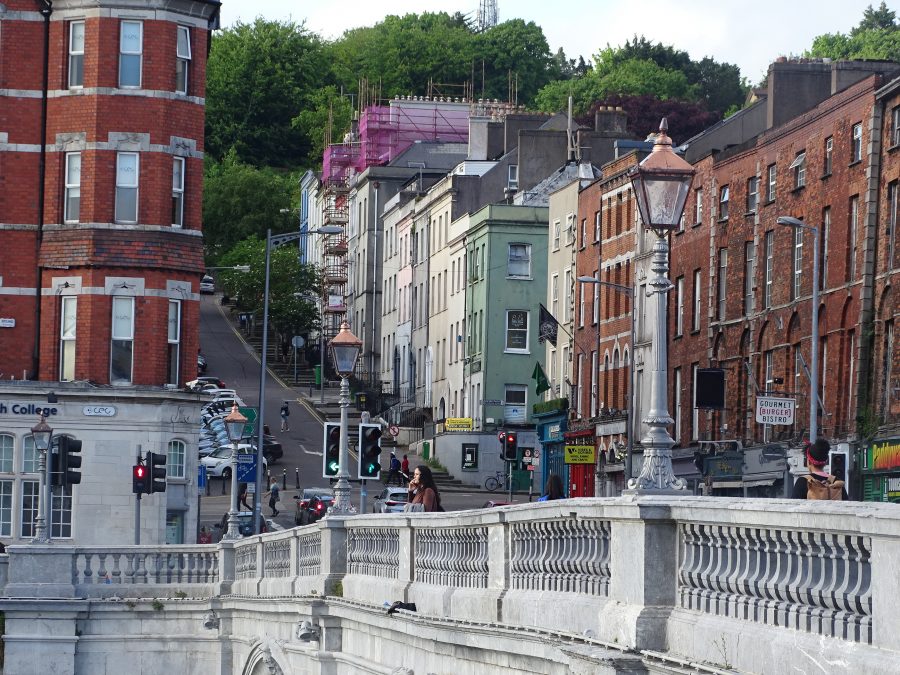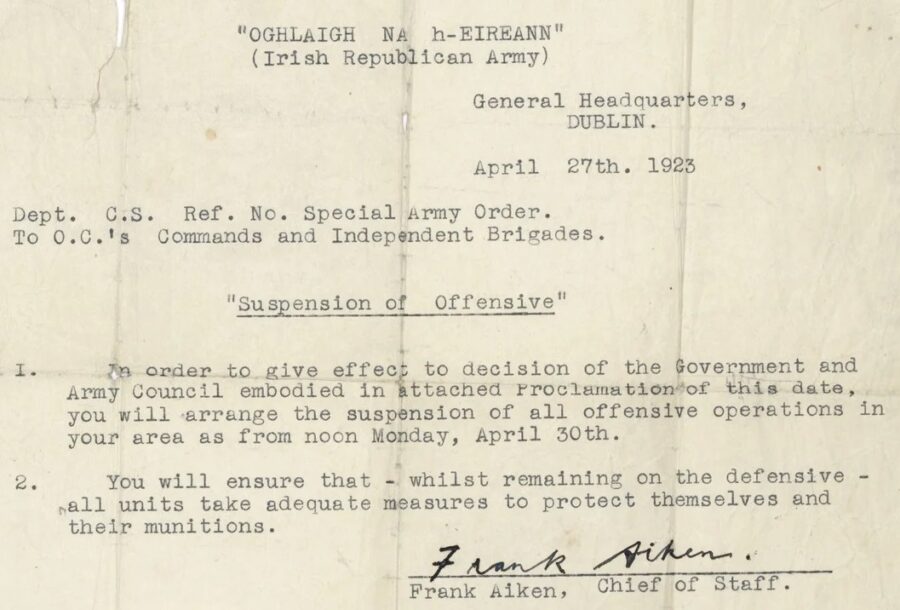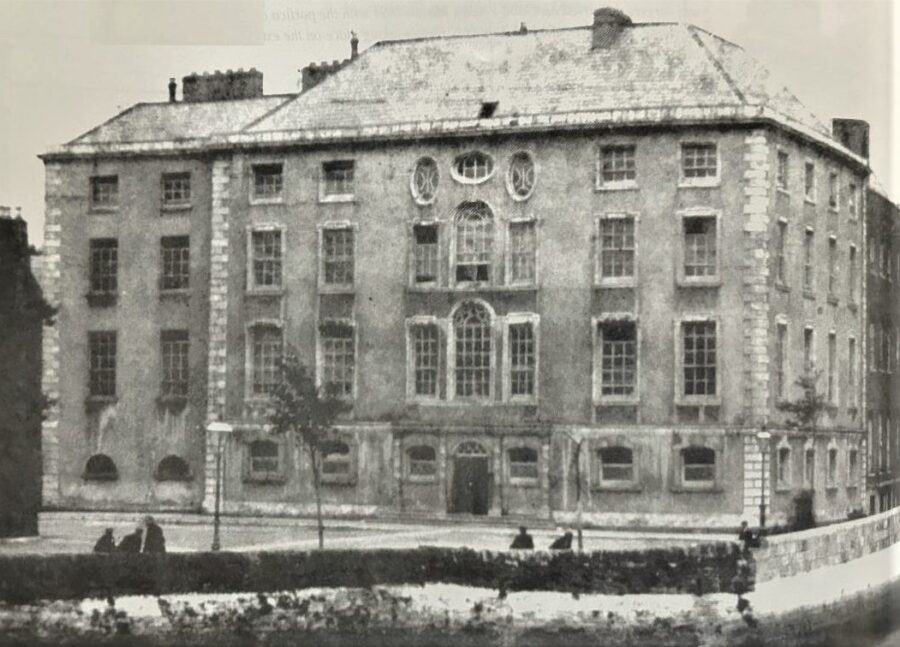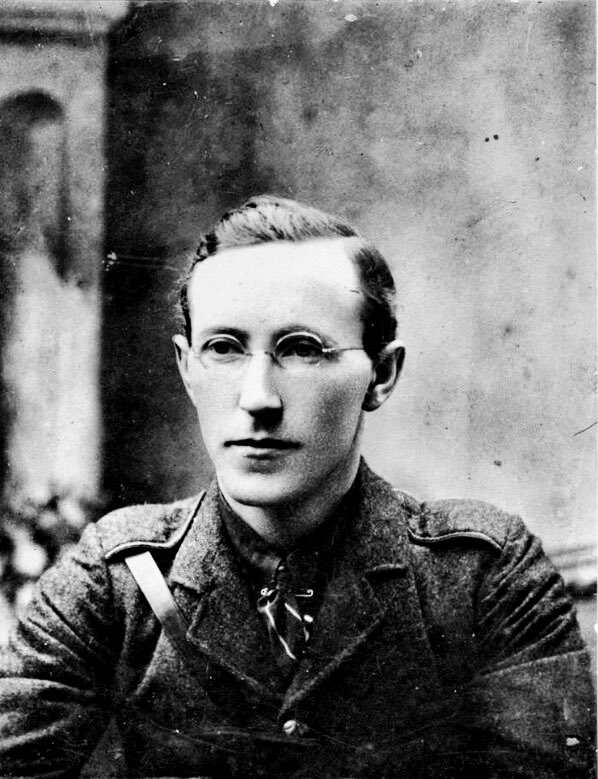
Kieran’s Our City, Our Town Article,
Cork Independent, 4 May 2023
Kieran’s May Historical Walking Tours
Welcome to the 1200th article of Our City, Our Town. Many thanks to all those who support and read the column. It has been an enormous adventure over its 24 years of existence so far. As with previous years, my summer walking tours of Cork’s historic suburbs and parts of the city centre are back. To encourage engagement, the tours have been free for many years. There is no booking required. Just show up on the day.
Saturday 6 May 2023, The Marina; Discover the history of the city’s promenade, from forgotten artefacts to ruinous follies; meet at western end adjacent Shandon Boat Club, The Marina, 2pm, no booking required (free, duration: two hours).
A stroll down The Marina is popular by many people. The area is particularly characterised by its location on the River Lee and the start of Cork Harbour. Here scenery, historical monuments and living heritage merge to create a rich tapestry of questions of who developed such a place of ideas.
Cork’s Marina was originally called the Navigation Wall or in essence it was a guidance or tracking wall to bring ships into Cork City’s South Docks area. It was completed in 1761.
Following the constitution of the Cork Harbour Commissioners in 1814 and their introduction of steam dredging, a vigorous programme of river and berth deepening, quay and wharf building commenced. The dredger of the Commissioners deposited the silt from the river into wooden barges, which were then towed ashore. The silt was re-deposited behind the Navigation Wall.
During the Great Famine, the deepening of the river created jobs for 1,000 men who worked on widening the physical dock of the Navigation Wall. In essence a fine road was constructed, which linked into Cork’s South Docks. To give an aesthetic to the new road, a fine row of elm trees was planted c.1856 by Prof. Edmund Murphy of Queen’s College Cork (now UCC). The elm trees were part of a crop and tree growing experiment.
In 1870, the Gaelic poet and scholar Donncha Ó Floinn put forward to the Improvements Committee of Cork Corporation that the new road of the Navigation wall be named Slí na hAbhann, which means the ‘pathway by the river’. Ó Floinn’s proposal was not accepted. The matter came before the Improvements Committee again in 1872. This time Ó Floinn suggested that the promenade be named ‘The Marina’. He outlined that ‘The Marina’ was the name allocated to a recently reclaimed piece of land near Palermo in Sicily. In July 1872, Cork Corporation formally adopted ‘The Marina’ as the name of the new road or promenade.
Saturday 13 May 2022, The Battle of Douglas, An Irish Civil War Story, meet at carpark and entrance to Old Railway Line, Harty’s Quay, Rochestown; 2pm, (free, 2 hours, finishes near Rochestown Road).
In the early hours of 8 August 1922, the cross-channel steamers SS Arvonia and SS Lady Wicklow, with more than 450 Irish Free State troops on board, sailed into Cork Harbour and berthed at Passage West dockyards.
The Passage West assault was led by General Emmet Dalton. At just 24 years old, he had First World War combat experience, having won the Military Cross while still a teenager. He had led quite large bodies of British troops, and also studied guerrilla warfare during his later IRA service. The Cork city landing contingent comprised 450 soldiers from the 2nd Eastern Division of the National Army’s Eastern Command. Some came from the Dublin Guards battalion, which had participated in the recent Dublin fighting and comprised former IRA veterans.
In the days that followed, prolonged fighting took place as Anti-Treaty forces struggled to curb the advance of the national army troops. Although the precise figure has never been conclusively established, up to twenty fatalities (with many more wounded) are estimated to have occurred during fierce battles in and around Rochestown, Oldcourt Wood and Garryduff.
Saturday 20 May 2023, The Northern Ridge – St Patrick’s Hill to MacCurtain Street; Tour around St Patrick’s Hill – Old Youghal Road to McCurtain Street; meet on the Green at Audley Place, top of St Patrick’s Hill, 2pm (free, duration: two hours, no booking required, finishes on MacCurtain Street).
The tour will speak about the development of the Collins Barracks ridge and its hidden and interesting architectural heritage. The tour that brings the participant from the top of St Patrick’s Hill to the eastern end of McCurtain Street through Wellington Road.
With the MacCurtain Street area, one is dealing with immense scenic perspectives and beautiful architecture– book ended by the epic St Patrick’s Hill view to the west, Summerhill North and Kent Station to the east, and the river and port frontage to the south. There is something to be said about how MacCurtain Street and buildings are carefully balanced and placed on a steep carved out sandstone ridge to the north of the River Lee– an important story of strategic engineering, which appears in earnest behind the waterfall feature behind Greene’s Restaurant.
When the Corporation of Cork of the time invested in planning St Patrick’s Bridge in 1787, it opened up this quarter for development – this was also the decade that brought us the first south docklands plan and the chain the Lord Mayor wears. The 1790s coincided the creation of St Patrick’s Hill – a hill-up avenue from Bridge Street, which aligned with an old windmill now incorporated into Audley House. The decade also coincided with an early MacCurtain Street– back then known as Strand Street and later King Street, and later Summerhill North from 1820 onwards.
Caption:
1200a. St Patrick’s Bridge, present day (picture: Kieran McCarthy).


